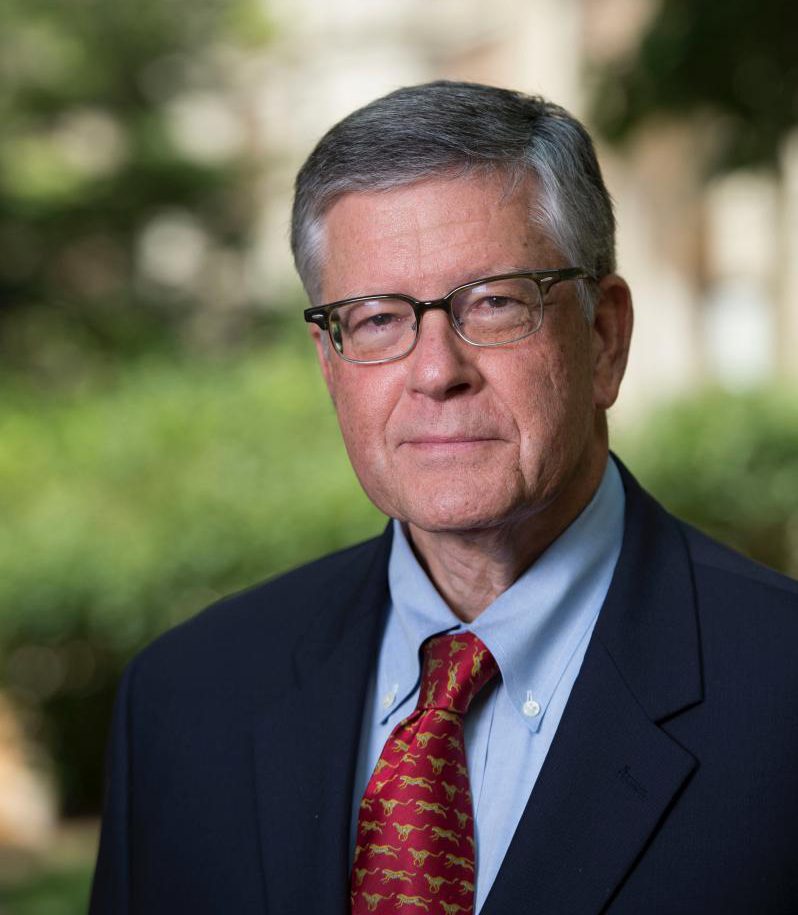Chapter 7 of Make It Stick is called “Increase Your Abilities.” The chapter is a conglomeration of related topics devoted to showing people can increase their learning abilities. There is a section on “neuroplasticity,” a term neuroscientists are using to describe the ability of the brain to change physiologically based on the formation of synapses. Another section answer the question “Is IQ Mutable?” with a resounding “Yes!” arguing that certain factors influence IQ levels such as economics and family dynamics and demonstrating that average IQ is up 18 points since a hundred years ago thanks to public education. Carol Dweck’s research in “Growth Mindset” gets some space, too, which amounts by-and-large to the idea that “If you think you can or you think you can’t, you’re right.” The chapter ends with two sections on “Deliberate Practice” and “Memory Cues,” both of which fall within the context at the intersection of the book’s pressing theme—memory—and the chapter’s—the learner’s perspective. For those of us who are turned on by personal development, it’s a dizzying array of evidence akin to looking out the top floor of the Empire State Building. Well, almost.
The question I kept asking myself, however, while reading was, “This is great information for the learner, but I’m an instructor. To what extent am I responsible to show students how to learn? Is it not enough that I can show them to recognize and read an ablative absolute?” I’m not sure if it’s an “age old” question for educators, but it strikes at the crossing of teaching vs. training. The dichotomy may be false. If, however, we look at teaching mores so as content-focused and training form-focused, much of what we do as teachers is communicate content. How much of teaching learning’s form is the teacher’s responsibility?
(Before I go on, I offer as a reminder that CofC does have a space devoted to teaching students how to “study smarter.” It’s called the Center for Student Learning and provides workshops on time management, note taking, writing research papers, etc. If you need to point students to this space and its helpful workshop calendar, you can click here.)
Chapter 7 should encourage us in several vital ways. First of all, believing in your students’ ability to learn is vital to enjoying your time and communicating your love for what you teach with students in the classroom. The evidence is overwhelming in showing that our evolution as a species has made us capable of adapting to many different challenges throughout our lifetimes. Even the evidence that suggested IQ windows begin closing after the first few years of life is largely false, according to the writers (175). The onus is on identifying carefully our students’ baseline in order to create rigorous learning experiences that challenge and inspire them.
Secondly, Chapter 7 shifts the focus from performance to growth. We get students from all walks of life, from many different family backgrounds, and from all over the world. Most have three-quarters of their lives left to live after college. If learning truly is a life-long endeavor and we advocate this perspective openly and often to students, teaching them how to learn is the most important thing that we can offer. Information changes; the conclusion from research we painstakingly communicate to them will likely change or our understanding of what the information means will change. References to “recent studies” are time-sensitive.
Allow me to shift gears in order to consider my initial question differently. Perhaps you and I share the childhood experience of hearing the story from Hebrew mythology of Cain the farmer and Abel the shepherd: Cain gets jealous of Abel’s ability to please God and kills him. A story of sibling rivalry at its most vicious. The most haunting part for me has been the question God asks Cain: “Cain, where is your brother Abel?” I call the question “haunting” in two respects. The first is simply that this question haunts Cain and prompts him to reply with the infamous “Am I my brother’s keeper?” In a second sense, however, the question is haunting because the answer is “Yes, you are your brother’s keeper.” As a story from mythology, it prompts us to consider the human situation: what responsibility does one human have toward another? What responsibility do I have toward those I encounter?
If this story applies at all to teaching, then my responsibility as a teacher is so much more than simply delivering content. I personally feel called to helping students see the power of their ideas and abilities. In this sense, I can be my brother’s keeper. It is appropriate, since today is devoted to remembering the work and legacy of Martin Luther King, Jr., to consider some of King’s words on this theme. He consistently refers to the responsibility one person has to another. In some of his final words to us from the “I’ve Been to the Mountaintop” speech, King insists:
Be concerned about your brother. You may not be on strike. But either we go up together, or we go down together. Let us develop a kind of dangerous unselfishness.
Let’s bring this back around to teaching. Ancient Greece had a proverb “Nothing in excess” that I believe applies to this teaching predicament. On the one hand, there is content that we have to communicate, analyze, and assess. But there is also the process of learning that needs to be taught. At times, this process feels rudimentary. How many times do we need to teach proper research methods, assess writing mechanics, etc.? In these moments when we feel the frustration of teaching students the process of learning, which is often less fun than the content that we find so fascinating, remember that someone took the time teach us so that we get to enjoy the vocation of working in higher education.
“Dangerous unselfishness”—what a powerful, transformative gaze to cast toward education.













